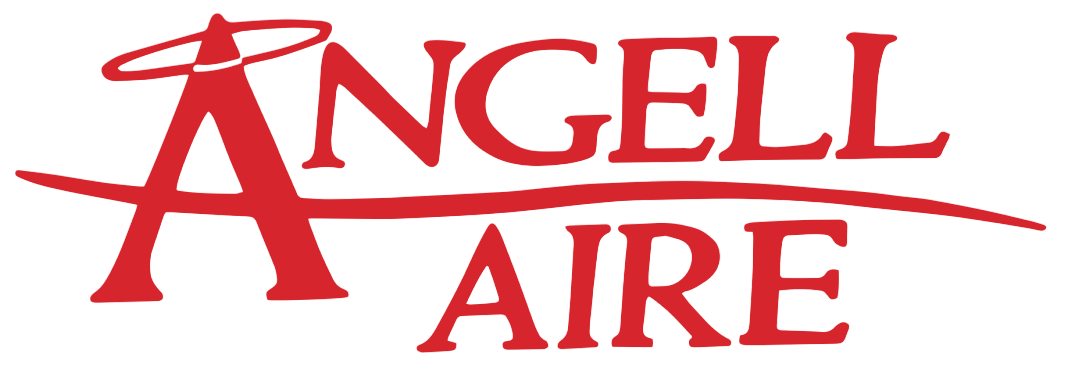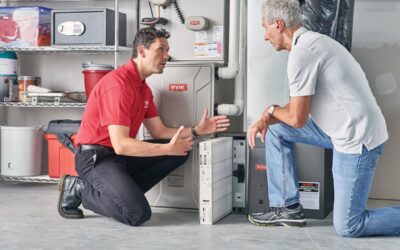Is Your Furnace Blowing Cold Air?
Your furnace might be running just fine, but the air blowing out of your vents feels cold. When it is chilly, having a heater that is not working is a major cause of concern. though several reasons can cause this problem, there are a few things you can do before you call a professional. Here is a guideline to help you troubleshoot and possibly solve the issue.
Check the thermostat
The air coming out of your vents might seem rather cool or your home is not staying as warm as the temperature you set. Maybe your heater is not blowing hot air even though the fan is running. As a result, any air that blows out of the vents while your heater is off will usually feel cold. In such a case, there could be an easy solution, particularly if your thermostat setting is the problem. Regardless of whether the unit is heating the air or not, the fan on a heater will keep on blowing as long as the thermostat is set to ON.
So check your thermostat setting. Ensure it is not set to ON. But if it is, you only need to flip the switch back to AUTO. Once you’ve restored the correct setting, your furnace should blow warm air.
Change the air filter
If your furnace overheats, it could end up blowing cold air. In such cases, a safety control device known as the limit switch will shut off the burners. However, the fan will keep running, cooling the furnace to protect it from potential damage.
Overheating will almost always occur due to restricted airflow, and this is often caused by a dirty air filter. Restricting airflow into the furnace means that the unit will run a lot longer and much harder to provide adequate heat, as a result of which it will overheat. Since a dirty air filter is the root cause of overheating, replacing it is usually the best solution. Once you’ve made the change, check to see whether your heater is blowing warm air only.
Keep in mind, frequent overheating will most likely damage your heat exchanger, necessitating a costly replacement.
Pilot light or ignition problem
If your gas furnace seems incapable of blowing hot air, the problem could be with the ignition system. In such a case, your heater is not lighting the fuel, as a result of which it cannot heat your home. Confirm whether the pilot light is out. If it’s out, try the following:
- Check for instructions on how to ignite your model’s pilot light. You’ll find the instructions on the unit itself or in the user’s manual provided. Relight it and wait for a few minutes. If the flame goes out, then all is not well. You may have a thermocouple-related problem, meaning the component needs adjusting or replacing. Because the work involved is technical, trying a do-it-yourself replacement could do you more harm than good.
- If you cannot relight the pilot, check your gas supply. Make sure the gas valve is switched on. If it is, you probably have a dirty pilot light. Clean it to ensure proper gas flow.
Dirty flame sensor
If your unit is cycling on and off, you probably have a dirty flame sensor, a problem that would keep your gas burner from staying lit.
Inadequate supply of gas
Your furnace might lock down for safety reasons if it is not getting the amount of gas it requires to provide warm air. If your gas supply is not turned off, then you probably have a severed line, in which case you’ll need professional help.
Clogged condensate drain lines
Newer, high-efficiency furnaces feature condensate drain lines for removing the water created during the heating process. Clogged drain lines will almost always activate a switch that is designed to prevent the burners from lighting.
Major duct issues
If you have large holes and leaks in your air ducts, cold air from your crawlspace or attic might get into the ducts. As a result, it might seem like your heater is not working. A good solution for this is Aeroseal Duct Sealing.
Other causes
If you have tried the above solutions but cold is still coming out of your vents, contacting a trusted expert to take a look is your best option. However, it helps to know what could be wrong and what to expect.



